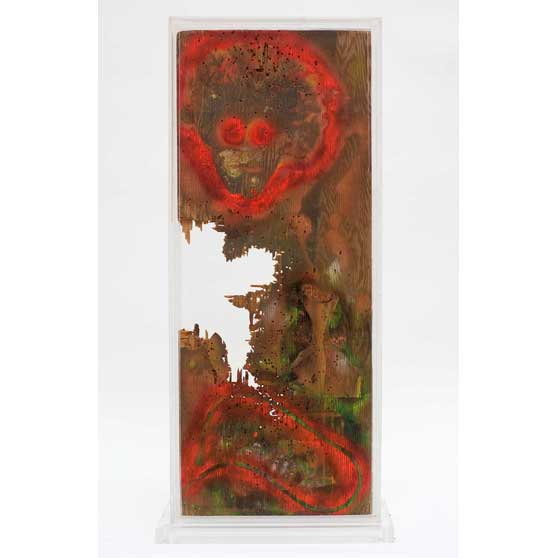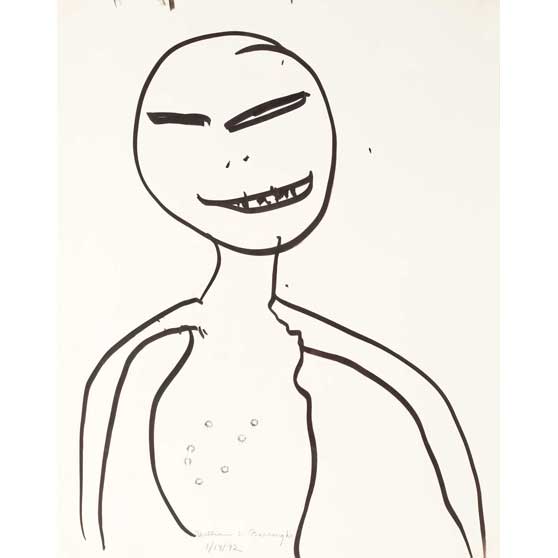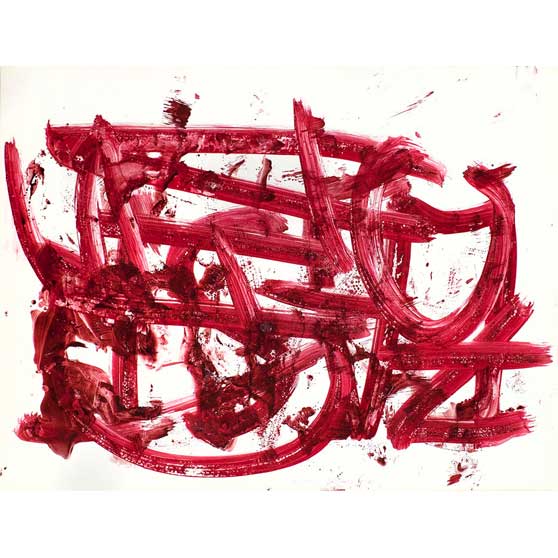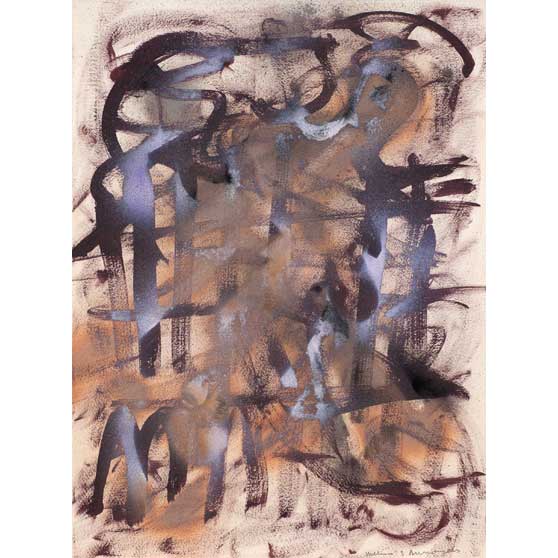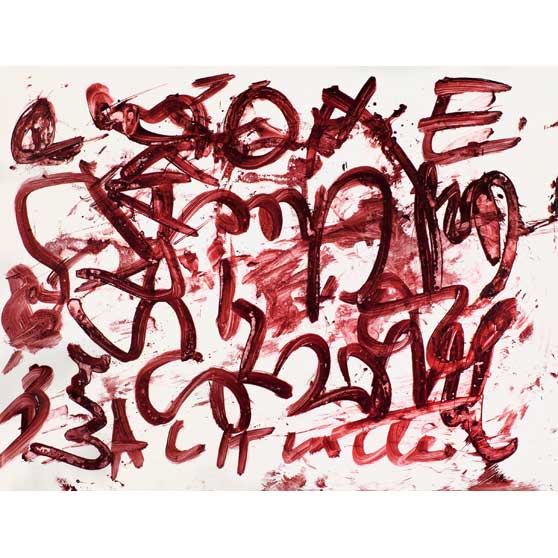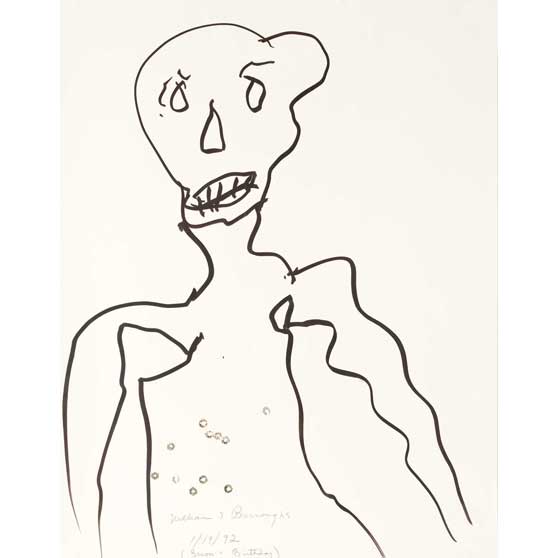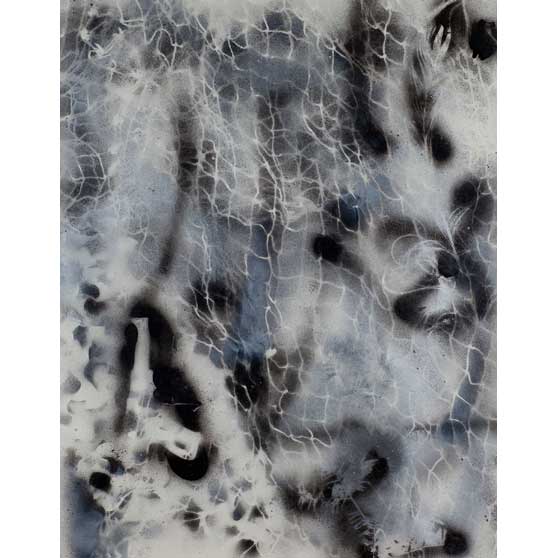WILLIAM S. BURROUGHS: Can you all hear me?
Including works by Brion Gysin Liliane Lijn, Genesis Breyer P-Orridge Shezad Dawood & Cerith Wyn Evans
.jpg)
Painted steel solvent drums, 3 phase motor, inverter, programmed speed, direction control chip and halogen lighting, 300 x 60 cm.
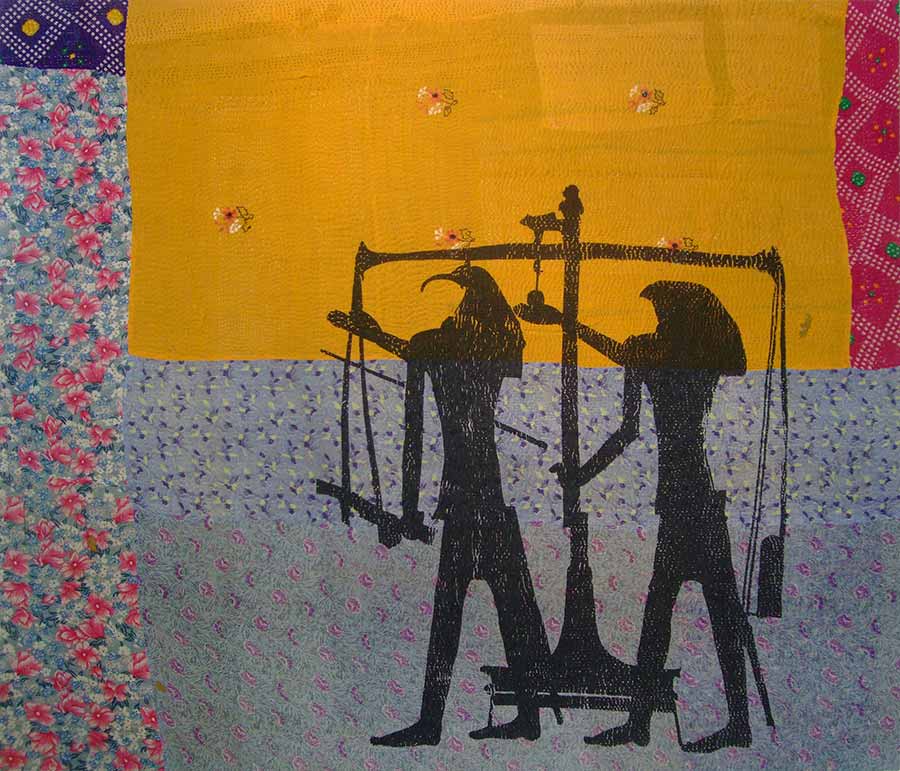
Acrylic on vintage textile, 145 x 170 cm..
As the final event celebrating the centenary of William S. Burroughs’s birth, October Gallery, London, presents an exhibition of his art, including rarely-displayed pieces. The exhibition opens 4th December, 2014 and continues until 7th February, 2015, and will highlight artists who have been profoundly influenced by Burroughs’ life, including Brion Gysin, Genesis Breyer P-Orridge, Liliane Lijn, Shezad Dawood and Cerith Wyn Evans.
Throughout all Burroughs work - art, novels, essays, film and sound experiments - Burroughs wove a passionate message: deconstruct control systems and think for yourself. His art is a personal exploration of intelligence. Artists working in all genres have heard his message, and references to Burroughs’ works are now deeply embedded in our culture, from painting to film to advertising to literature to journalism to music.
Burroughs practiced visual art throughout his life. For decades he produced photographs, collages and film, then in his later years he became a prolific painter. The last fifteen years of his life, he lived peacefully in Lawrence, Kansas, near his boyhood home in St. Louis, Missouri. During this period, he produced a large body of art, and some of his greatest works of literature.
This centenary year has seen William S. Burroughs: A Life, the definitive and lauded biography by British writer Barry Miles. Burroughs' aesthetic and methodologies have influenced generations of writers, artists, filmmakers and musicians. Featuring Burroughs’ paintings, drawings, and sculpture, the exhibition will celebrate the transcendent magic of his work and its influence upon present art, culture and media. The show will be the last event of the centenary year.
This exhibition based in Britain, where Burroughs’ fiction was censored and yet became so significant, will address his legacy and offer a new discourse between his work and those of the artists exhibiting. When he lived in London in the late 1960’s and early ‘70s, Burroughs made strong connections with many noteworthy figures of the British art scene.
October Gallery’s long association with William Burroughs began in 1988 with his second solo exhibition, his first outside of the United States. The founders of the October Gallery have worked with Burroughs since 1974. Burroughs pioneered incisive tools - ‘cut-ups’- to deconstruct mechanisms of institutionalized control systems that corrupt inborn intelligence.
Although he is often called the father of the Beat movement, Burroughs did not associate himself with the Beats except that Ginsberg, Kerouac and Corso were personal friends. 'We’re not doing at all the same thing, either in writing or in outlook.'
In 2012 and 2013, there were major museum shows of his art and work, at ZKM in Karlsruhe, the Vienna Kunsthalle, and at the Hamburg Deichtorhallen/Sammlung Falckenberg. This year, the Photographers’ Gallery in London exhibited Taking Shots: The Photography of William S. Burroughs.



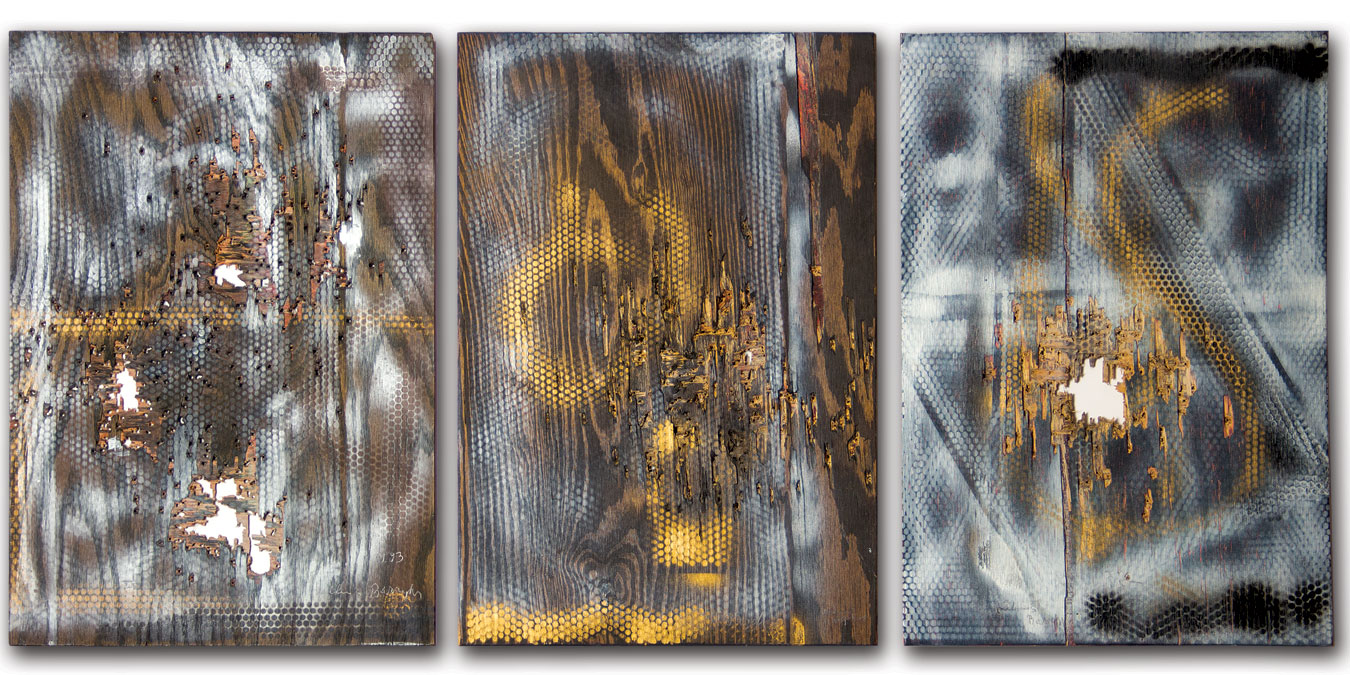
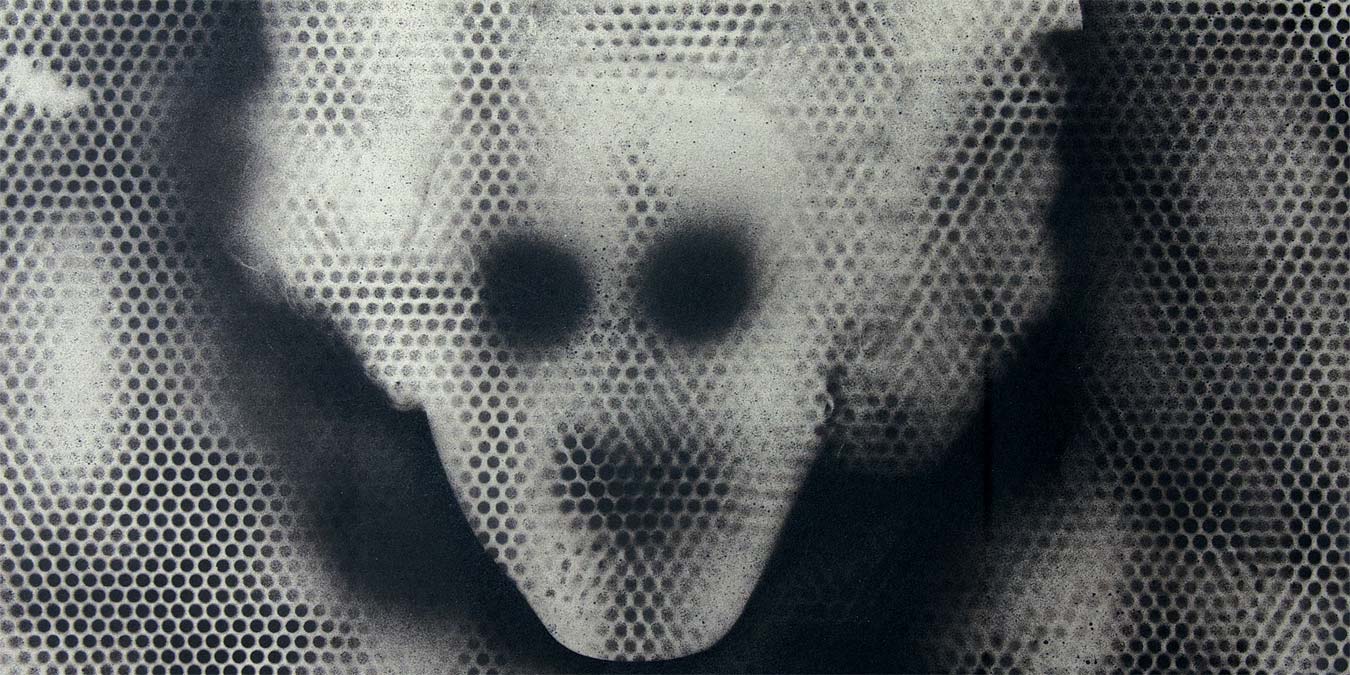
Cerith-Wyn-Evans-Elective-Affinity-2010-(high-res)-2.jpg)


Cerith-Wyn-Evans-Elective-Affinity-2010-(high-res)-2.jpg)


